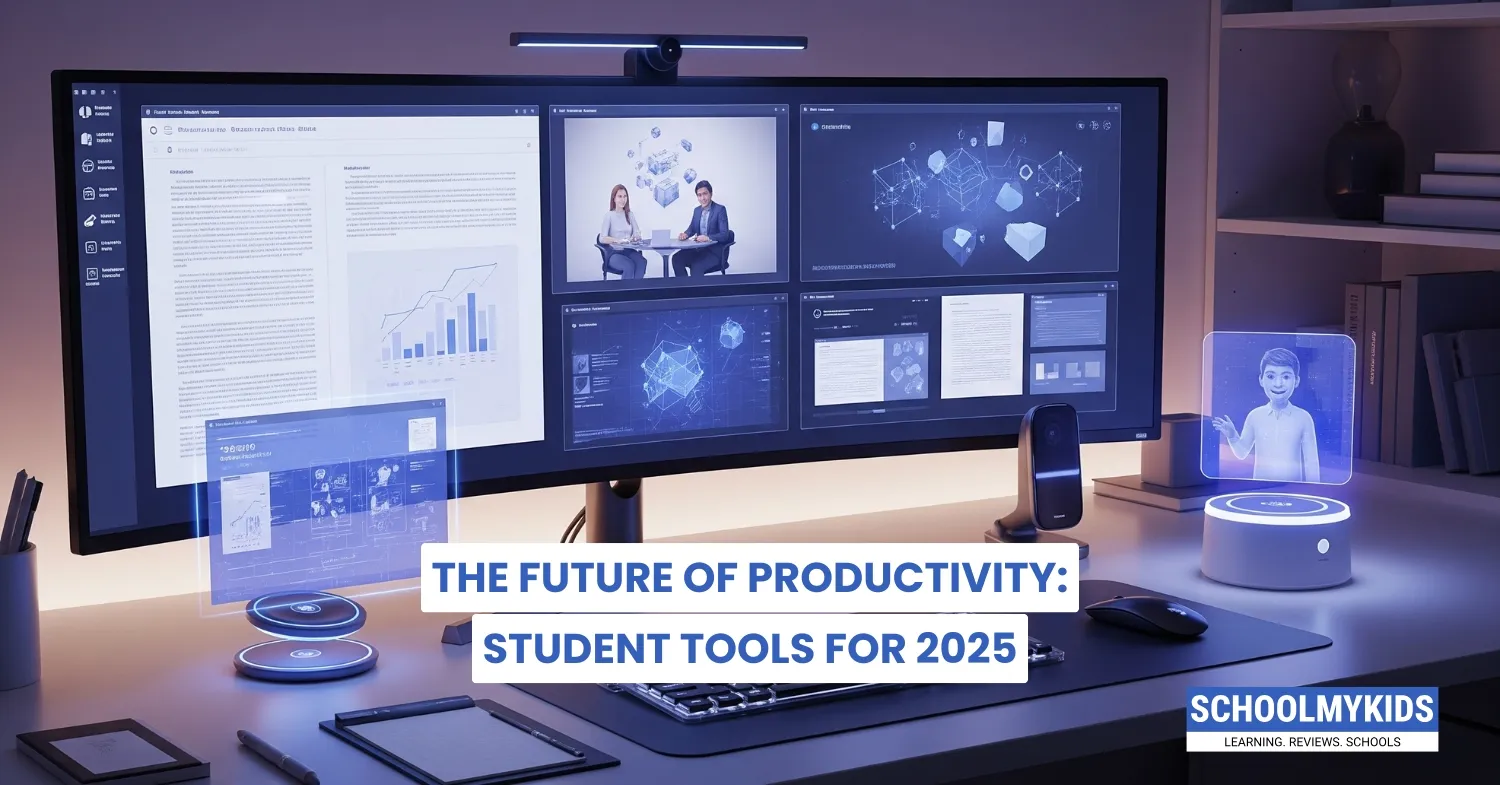Productivity has become the holy grail of student life. Between academic deadlines, online classes, part-time jobs, and the relentless pressure of future career planning, today’s students cannot survive on sticky notes and random reminders. By 2025, student productivity is being redefined by smarter tools that combine artificial intelligence, automation, and deep integration across devices. The future doesn’t look like one single “super app,” but a mix of specialized platforms built to make learning faster, collaboration smoother, and life less chaotic.
AI-Driven Study Assistants
The first wave of real change is happening through AI assistants tailored for students. Unlike generic chatbots, these tools can generate personalized study plans, summarize entire textbooks, and even simulate viva questions. They don’t replace learning, but they make the process more efficient. Imagine a medical student revising for pathology—an AI can compress hundreds of pages into key notes, suggest flashcards, and set reminders before exams. The real productivity gain lies in time saved and anxiety reduced.
Project and Task Management Platforms
Students in 2025 aren’t just managing essays. They’re juggling group projects, internships, online certifications, and competitive exam prep. Tools like Notion, Trello, and their newer AI-enhanced cousins now allow collaborative planning where task lists adapt automatically to deadlines and workload distribution. The trend is moving toward “predictive productivity”—apps that can forecast bottlenecks before they happen. A student missing three assignment deadlines will get proactive alerts and restructuring suggestions rather than post-mortem regrets.
Distraction-Proof Learning
Social media remains the biggest productivity killer. Tools like FocusMate, Freedom, and AI-driven blockers are evolving into more student-centric versions. Instead of just banning apps, they create structured “deep work” sessions with built-in accountability partners. By 2025, students are finding value in platforms that simulate the discipline of a physical classroom while still giving the flexibility of remote study.
Smarter Note-Taking and Knowledge Management
Gone are the days when Evernote was the ultimate note-taking app. Students now expect their notes to be searchable, auto-linked, and even voice-activated. Tools like Obsidian and Roam Research have given rise to a “second brain” culture where everything learned—lectures, research papers, YouTube tutorials—gets indexed into one personal knowledge web. In 2025, the frontier is cross-device syncing with real-time transcription, so that notes from a biology lecture can instantly appear tagged and summarized on both laptop and phone.
Health and Productivity Balance
The darker side of student productivity has always been burnout. The smartest tools in 2025 now integrate mental health tracking—monitoring screen time, suggesting breaks, or flagging unhealthy patterns. Apps that combine Pomodoro timers with mindfulness nudges are not a luxury but a necessity in a generation where anxiety levels are at record highs.
The Bottom Line
Productivity for students in 2025 is not about working harder but working smarter with the right tools. The most impactful apps are those that combine efficiency with well-being, allowing students to balance academic achievement with mental health. In a world where information overload is the default, these tools act as filters, guides, and silent coaches. The future belongs to students who master not just what they learn, but how they manage their learning.








Be the first one to comment on this story.